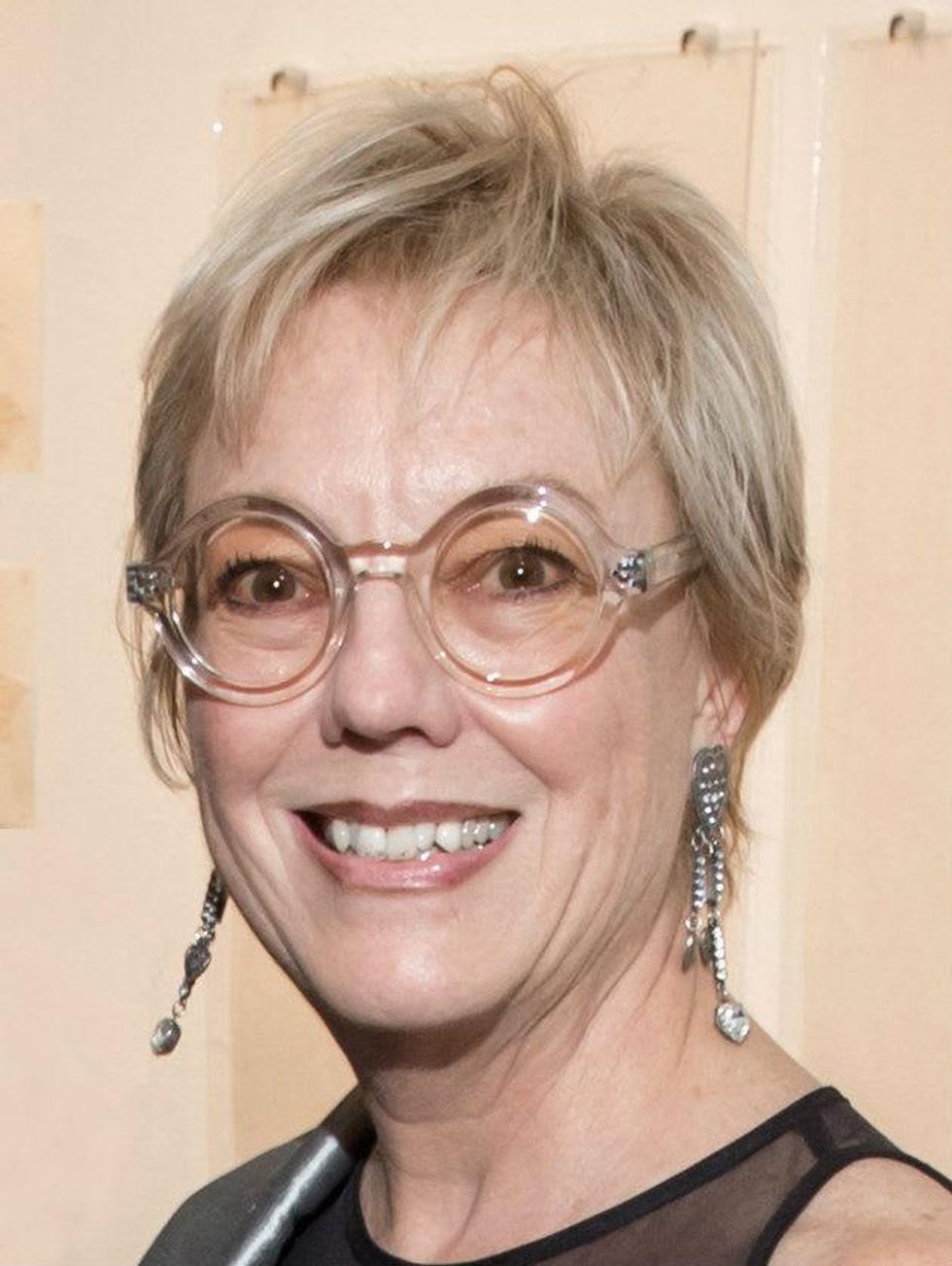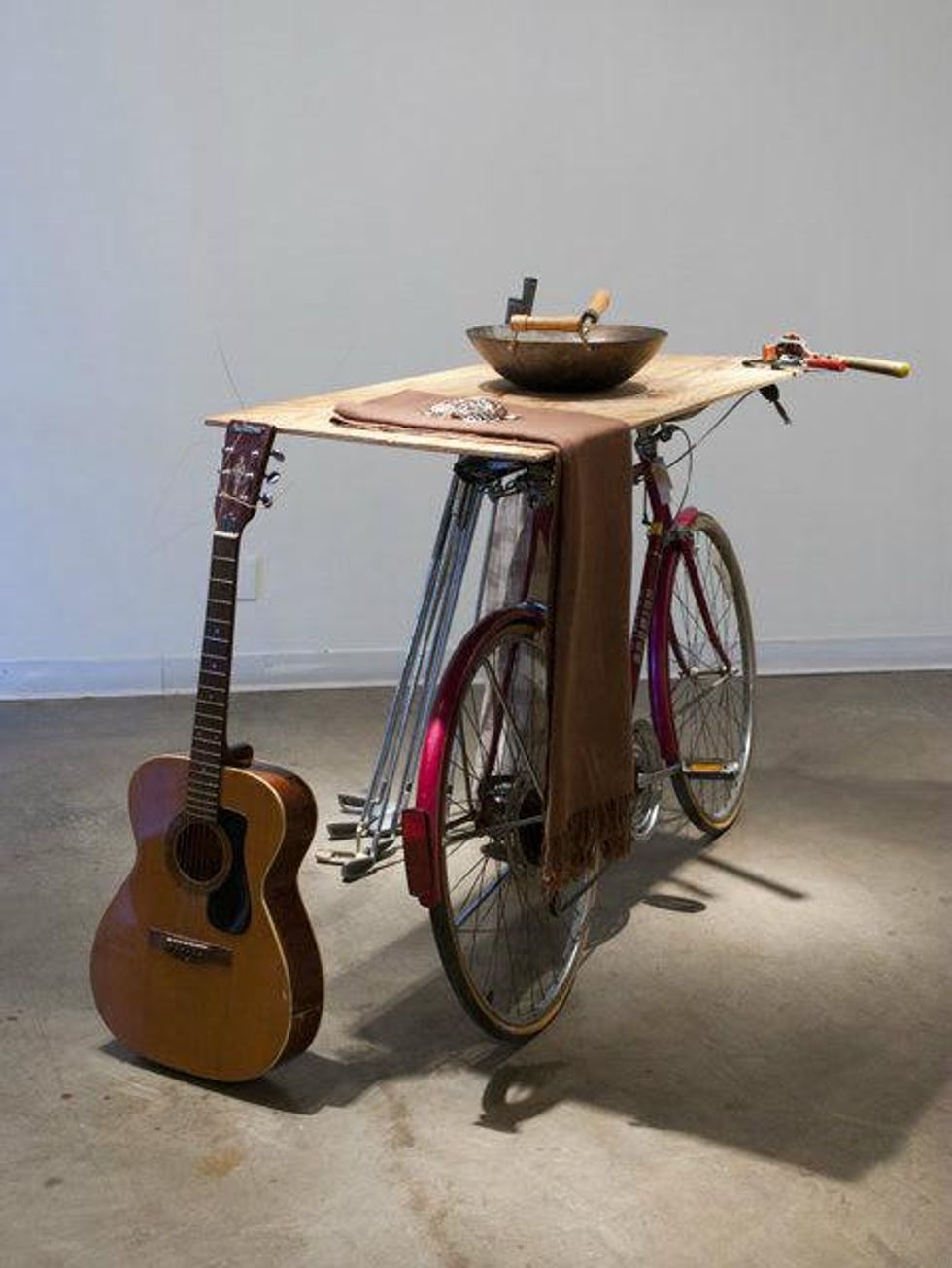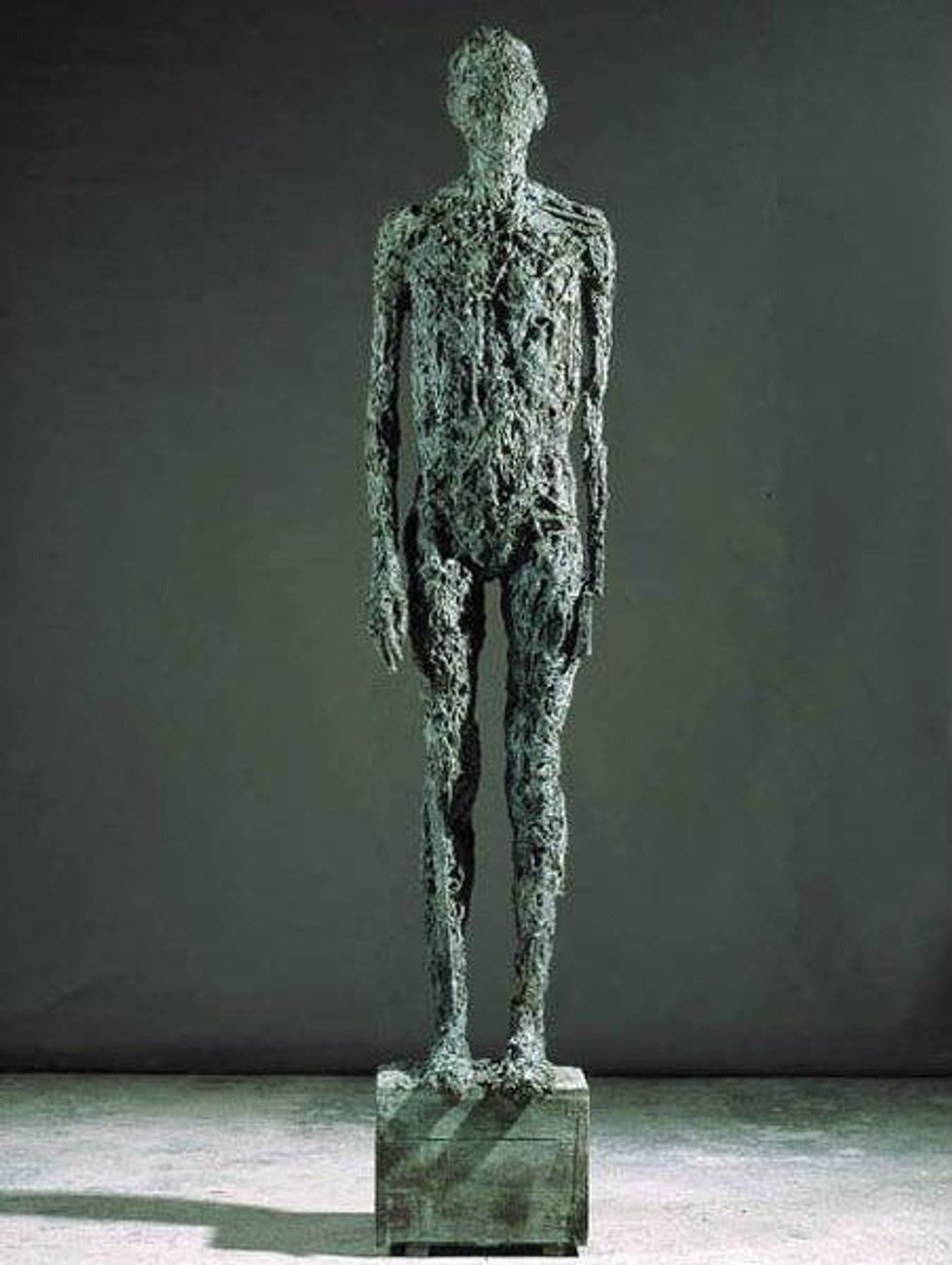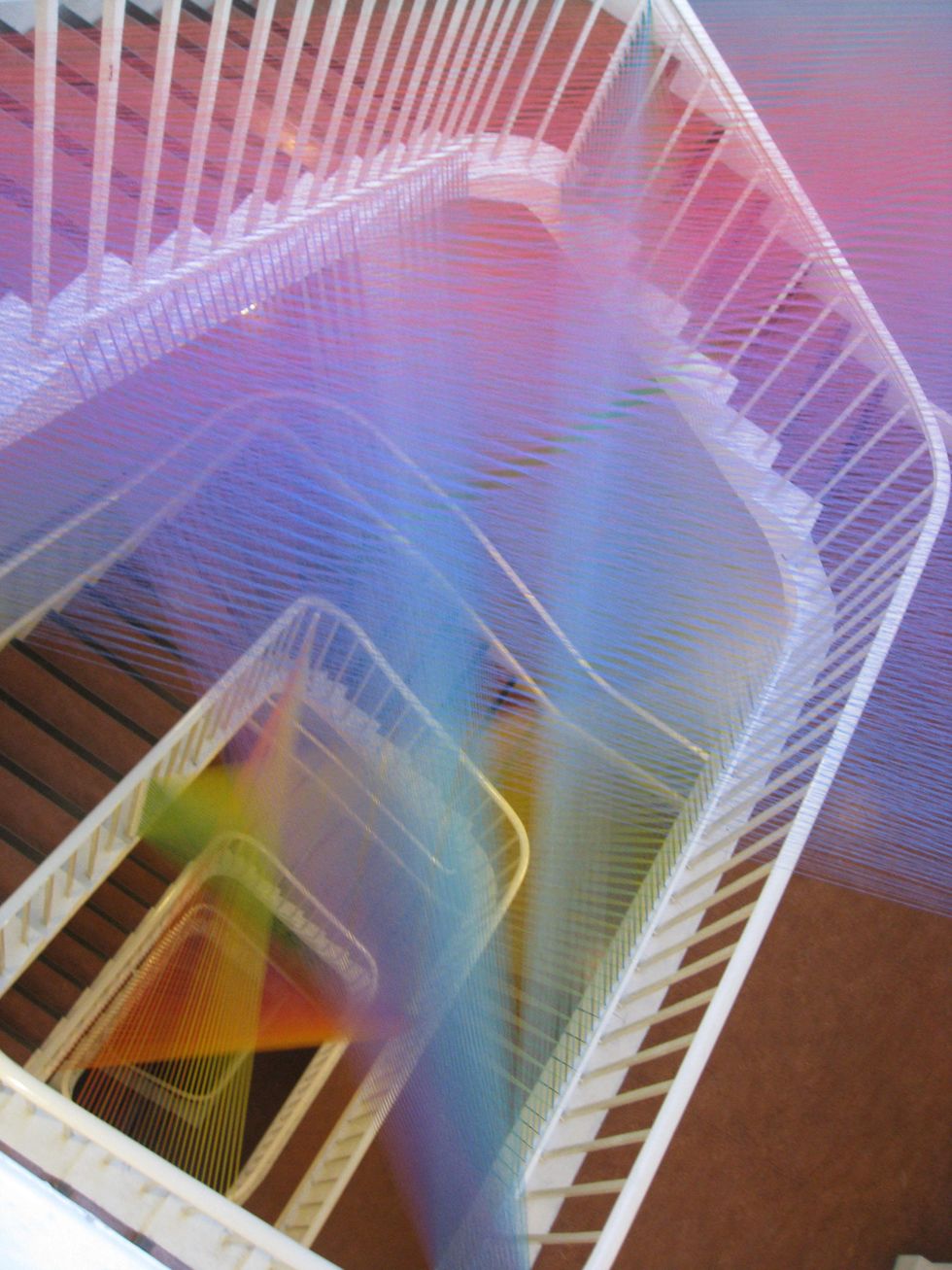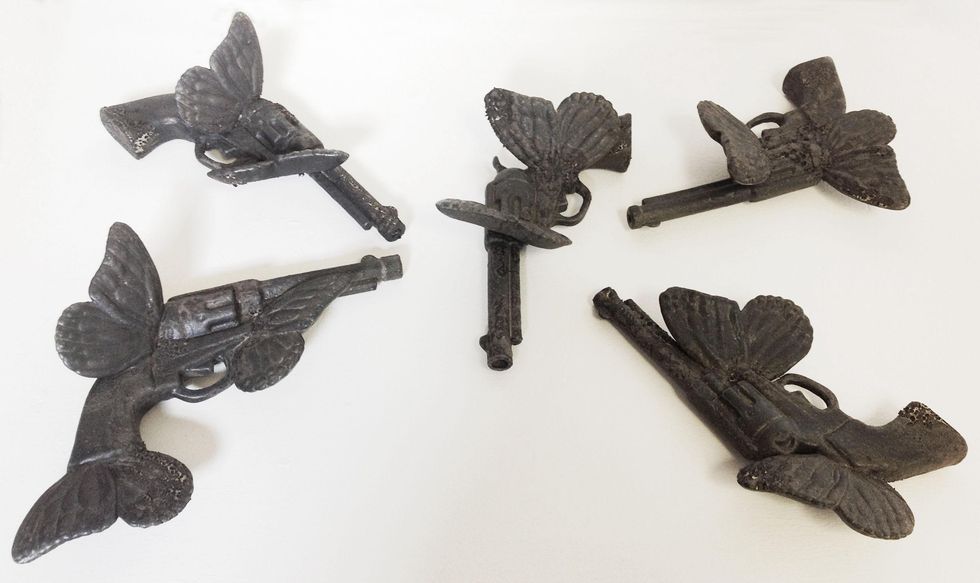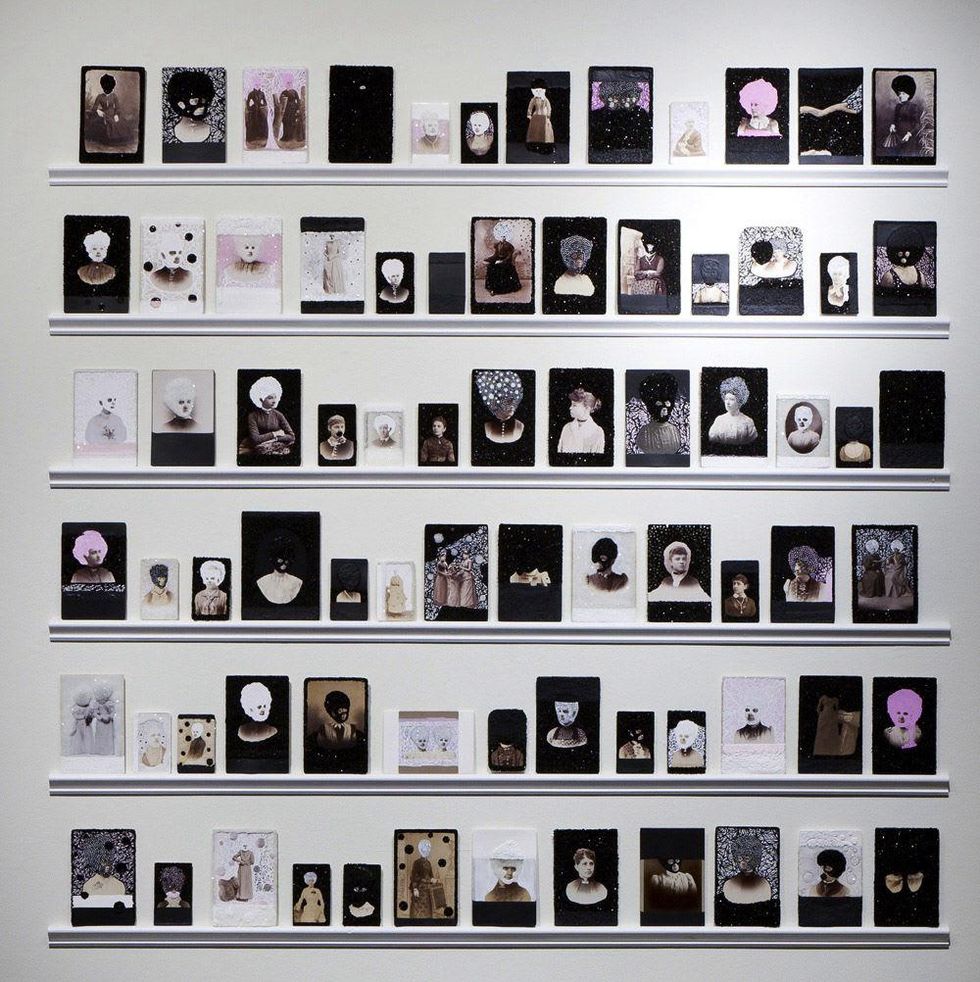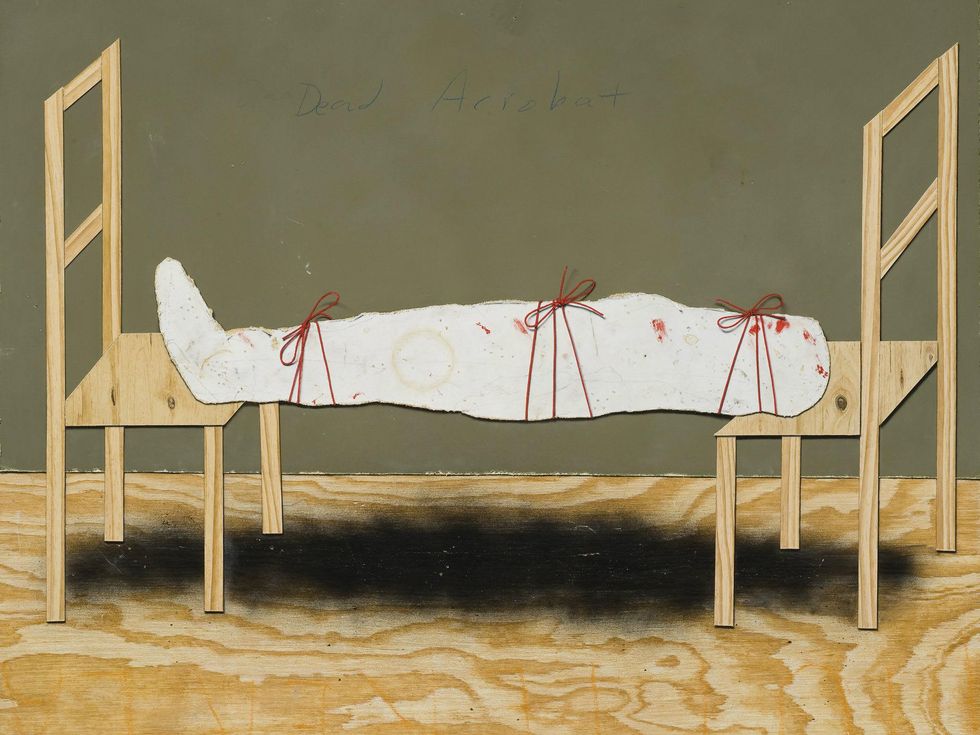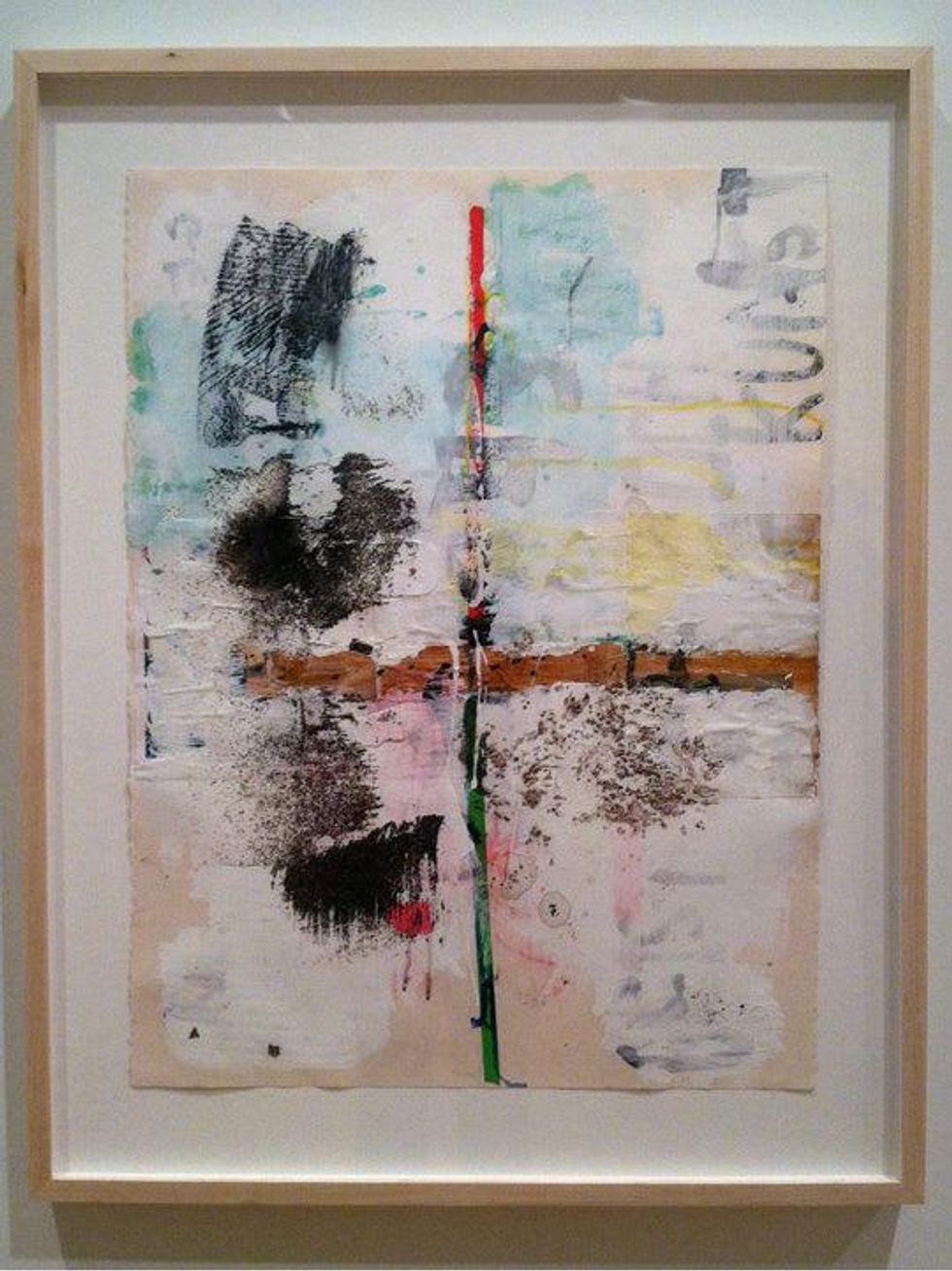Design District Doyenne
Conduit owner Nancy Whitenack spills secrets to success in Dallas gallery biz
In an industry where galleries open and close with the ups and downs of the stock market, it is no small feat to celebrate 30 years of business. Nancy Whitenack, owner of Conduit Gallery, is doing just that this month.
It’s a feat no less impressive because when Whitenack, a former DISD teacher, first founded Conduit in its original Deep Ellum location, she had no idea what she was doing.
“All the galleries in CADD work together remarkably well, which is unusual,” Whitenack says. “I know that’s not the case in Houston or other cities.”
“My husband at the time and I moved into a warehouse and started building out the space, and I was playing around with what I wanted to do,” she recalls. “I though I would be a rep for artists, but I put up a first exhibition, and after the show opened I went, ‘Hmm, this does look like a gallery.’”
Having established deep, decades-long relationships with collectors and artists — notable among them Annabel Daou, Gabriel Dawe, Kirk Hayes, Stephen Lapthisophon and James Sullivan — Whitenack says the experience of running Conduit has been a “joyous ride.” To celebrate her talent and tenacity, we asked this gregarious gallerist what made Conduit the significant contemporary space it is today.
CultureMap: How did you make the move from teaching to having your own space?
Nancy Whitenack: I had to fly by the seat of my pants and figure out how to do the gallery business. It’s been a real roller coaster of how the economy affects the business, and I’m always learning.
What’s interesting is I think a large part of running a gallery is about education. When people come in and think about buying an artist’s work, you have to spend the time educating them on who the person is, what they’re about and why they do the kind of artwork they do.
CM: You founded Conduit in Deep Ellum and stayed there until 2002. What made you decide to move to the Design District?
NW: What spurred it was people were less and less willing to even come to Deep Ellum. There were articles about break-ins and late-night robberies, and I was ready to either close up and do something different or have a totally different place to have a gallery.
In 2001, I started looking around, and a friend who worked for somebody in the Design District said, “I’ve got a space.” I thought it would be beautiful, but I couldn’t afford it. Then 9/11 happened and I thought, “What the hell, I am going to move.”
I started negotiations, we agreed on a rent I thought I could manage and we opened our first show in May 2002.
CM: You were there before the area became an artistic destination. Did you see that coming? How do you feel about all the other spaces opening there?
NW: I did [pioneer] the area. I just knew it seemed like a smart move even though some of my clients said, “I don’t know if you want to move there; it’ll make people think you just sell decorative stuff.” After I moved [there] was Craighead Green, and then it became a wave of people moving down.
I think each gallery has its own niche, so I don’t feel competitive at all. All the galleries who are in CADD (Contemporary Art Dealers of Dallas) work together remarkably well, which is unusual. I know that’s not the case in Houston or other cities. We have made an effort to work together and promote each other, and it’s been to our benefit.
CM: What do you think makes Conduit Gallery so unique?
NW: I think we’ve got a really solid program and represent a number of mid-career artists who have been working for 20 or 30 years, who have 20 or 30 years ahead of them. I think when you’re looking to buy art, you want to buy work by an artist who is committed and is going to be around.
We also show some younger artists who are not that far out of MFA programs, who lend a degree of real freshness to what we show in the project room. [Gallery director] Danette Dufilho, who runs that program, is always looking for artists that we do not represent, and it’s typically ones who have never shown in Dallas. They add whole new layers of image to what we’re doing.
CM: What you see for the future of Dallas as an art destination?
NW: Dallas is really becoming an important art city; it’s never really flowed like it’s flowing now. One of the things that’s contributing to that is the Dallas Art Fair, which has made a real impact on how people see Dallas.
There’s also people like [Dallas Biennial founders] Jesse Morgan Barnett and Michael Mazurek, who are taking the bull by the horns and curating all these shows. They’re not waiting for somebody to say, “I want to show you.” They’re creating their own opportunity.
CM: And what’s in the future for Conduit?
NW: [Laughs] I plan on being here, continuing to kick for quite some time. Danette will take over more of Conduit as I decide to pull back, but I don’t have any inclination to give anything up right now. I’ve got too much interest in what we’re involved in.
We’ve got some excellent exhibitions coming up: We’re going to be doing two exhibitions this summer that look back and look forward, showing early works and new works from artists in our stable. I hope we continue to grow and get more exciting.

